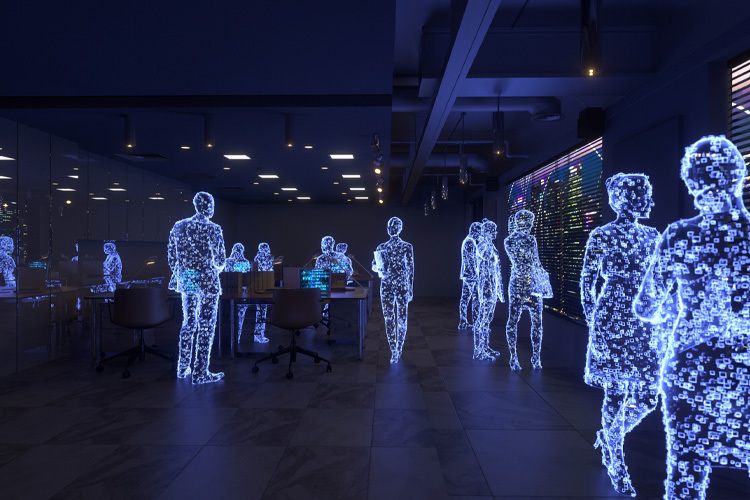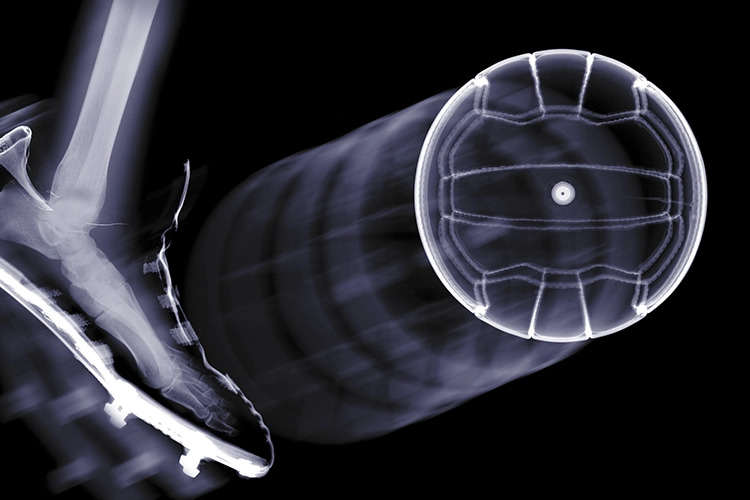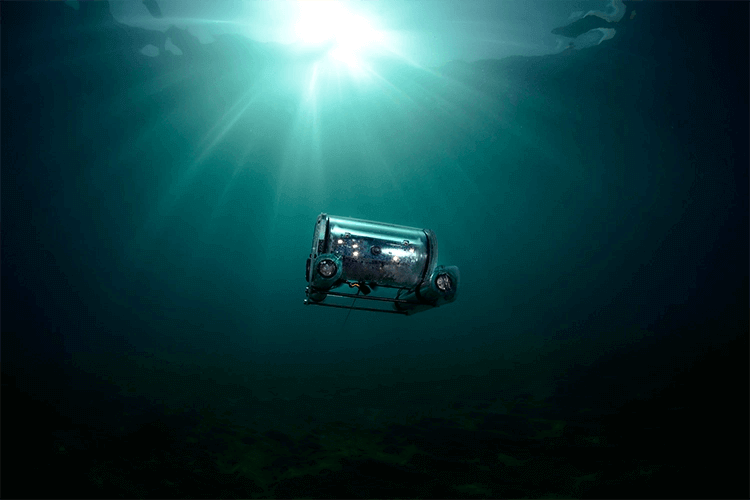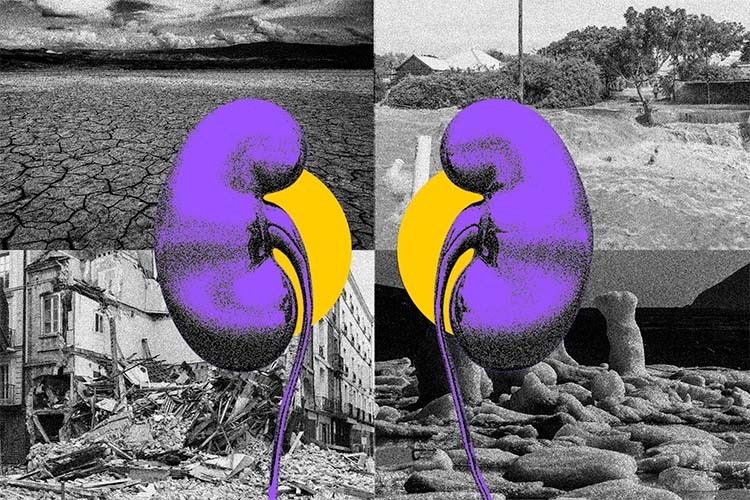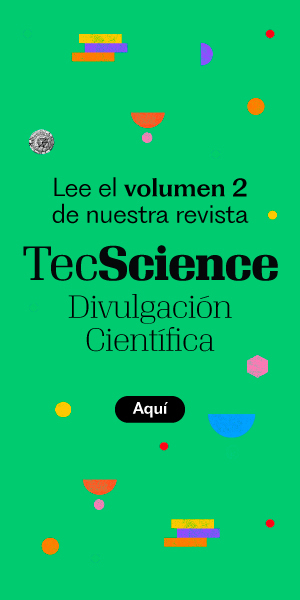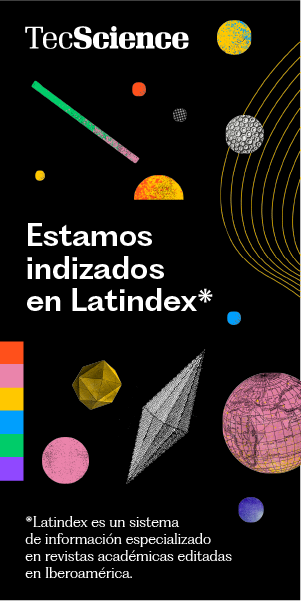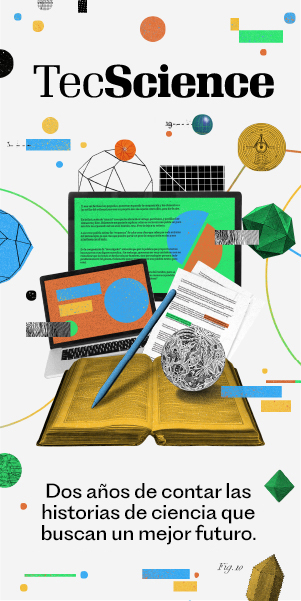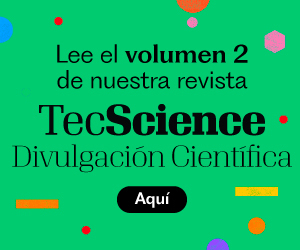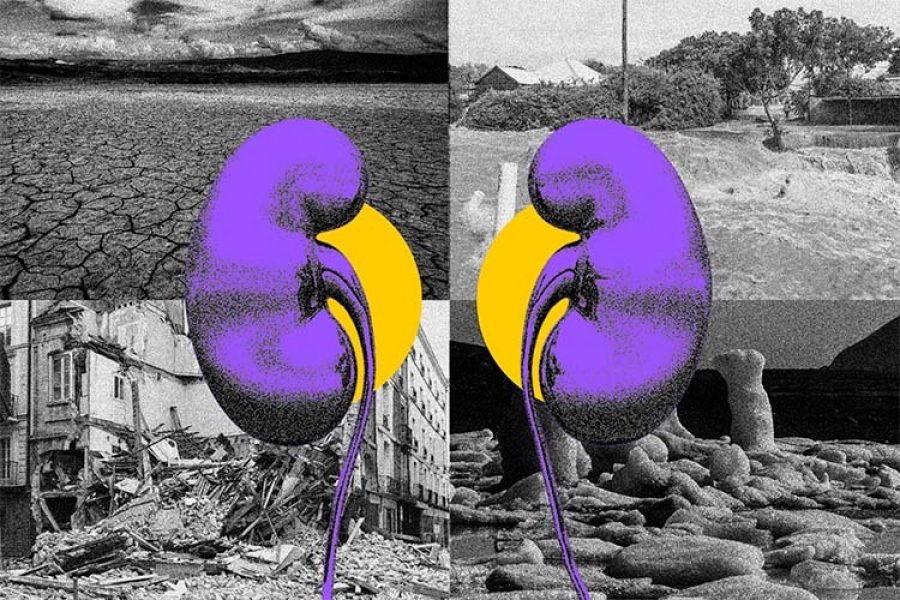By Alma Rosa Mena Martínez / CIENCIA AMATEUR
Reviewed by Joanna Alvarado-Uribe y Héctor G. Ceballos
Do you remember the moment you were searching the reservation system for a meeting room to hold a session with a potential collaborator, and all the spaces near your workplace appeared as booked?
Over time, you realize that one of the rooms that’s always shown as reserved is never used, but there’s no way to cancel the booking.
This issue is common in workplaces that rely on online reservation systems for meetings, collaboration, or individual workspaces. In addition to frustrating users by making rooms appear unavailable, it also affects the organization as a whole.
A tested solution, implemented in enclosed spaces in Mexico and the UK, combines Artificial Intelligence (AI) with environmental and Internet of Things (IoT) sensors to estimate indoor occupancy levels.
Environmental Sensors
In recent years, a multidisciplinary group of researchers and students at Tecnológico de Monterrey has explored the use of indirect (non-intrusive) methods—such as environmental sensors—to collect data that allows for estimating occupancy levels in open-access indoor spaces (available by reservation) for students, staff, or collaborators at any institution.
This exploration was validated through the application of AI algorithms to identify the presence or absence of people and to determine whether a space was experiencing low, medium, or high occupancy.
By using AI with non-intrusive sensors, the team ensured that the solution protects users’ privacy and is easy to install and transport. Additionally, this model is low-cost compared to similar technologies available on the market.
Energy Consumption
In Mexico, buildings (both residential and non-residential) are the largest consumers of electricity, using 11% more than the industrial sector [1]. Often, meeting rooms remain lit and air-conditioned even when they’re not in use.
Current solutions raise concerns among users because they rely on intrusive sensors such as video cameras and microphones, which collect data that can be used for personal or digital surveillance [2–5].
The proposal developed at Tec is an IoT-based device equipped with sensors that measure air temperature (ºC), relative humidity (%), and barometric pressure (hPa) to detect changes in indoor environmental conditions that correlate with human presence [8].
The model was tested in the “Innovar” office located in the Rectoría building at Tecnológico de Monterrey, Campus Monterrey, as well as in classrooms at the University of the West of England in Bristol, UK.
Data was collected continuously and processed following a methodology [9] validated at both institutions.
Occupancy levels (empty, low, medium, high) were estimated using machine learning algorithms.
Beyond technology, this initiative promotes a new approach to shared spaces—one grounded in mindful use, collective responsibility, and informed decision-making. Managing what we already have more effectively is not only more efficient—it’s also smarter.
.
Note: The authors are currently developing a user-facing dashboard to support decision-making for optimal space management. They also plan to scale this solution to larger environments using machine learning models that do not require labeled data, along with data fusion techniques.
At present, the project is undergoing a patent application process under No. MX/a/2022/016112, titled “Non-intrusive monitoring system for occupancy levels in enclosed spaces.” The patent was published in the July 2024 issue of the Mexican Institute of Industrial Property (IMPI) Gazette.
Participants in this project included students: Andree Vela, Gerardo Tadeo Pérez, Carlos David Toapanta Noroña, Angelo Ovando, Blanca Agostini, Erick Martini, Diego Barahona, Valeria Martínez, Valeria Viridiana Pineda Romero, Nina Sepúlveda, Sergio Sepúlveda, Eduardo Villalpando, and Héctor Eduardo Garza Fraga. Collaborators: Paola Gabriela Mejía Almada, Alejandra Quintanilla, and Jorge Avendaño.
References
- Diego Chatellier Lorentzen, Michael McNeil. Consumo de electricidad de edificios no residenciales en México: la importancia del sector de servicios, 2019. Cuadernos de la CONUEE , No. 3 , p. 1-11
- S. Boovaraghavan et al. “Mites: Design and deployment of a general-purpose sensing infrastructure for buildings”. ACM Digital Library. Accedido el 26 de octubre de 2023.
- “University using ceiling scanners to count students and staff in attendance – Leiden University”. Studentenwebsite – Universiteit Leiden. Accedido el 26 de octubre de 2023.
- “Space planning live density program”. UC San Diego Facility Services. Accedido el 26 de octubre de 2023.
- H. Parkers. “Watching me, watching you: Worker surveillance in the UK after the pandemic”. IPPR. Accedido el 26 de octubre de 2023.
- Vela, A.; Alvarado-Uribe, J.; Davila, M.; Hernandez-Gress, N.; Ceballos, H.G. Estimating Occupancy Levels in Enclosed Spaces Using Environmental Variables: A Fitness Gym and Living Room as Evaluation Scenarios. Sensors 2020, 20, 6579.
- Mena, A.R.; Ceballos, H.G.; Alvarado-Uribe, J. Measuring Indoor Occupancy through Environmental Sensors: A Systematic Review on Sensor Deployment. Sensors 2022, 22, 3770.
- Viani, «Opportunistic occupancy estimation in museums through wireless sensor networks«. Microw. Opt. Technol. Lett., vol. 57, no. 8, pp. 1975–1977, Aug. 2015.
- Mena-Martinez A., Alvarado-Uribe J., Davila M., Ceballos H. Methodology to Monitor and Estimate Occupancy in Enclosed Spaces Based on Indirect Methods and Artificial Intelligence: A University Classroom as a Case Study. Innovative Mobile and Internet Services in Ubiquitous Computing, (2024), 213-225.
.
Author
Alma Rosa Mena Martínez. PhD student in Computational Sciences at Tecnológico de Monterrey. Her research focuses on estimating occupancy levels in enclosed spaces using environmental sensors, semi-supervised machine learning, data fusion, and Internet of Things devices.
Reviewers
This article was supervised by researcher Joanna Alvarado-Uribe and Héctor G. Ceballos, Director of the Living Lab & Data Hub at the Institute for the Future of Education (Tecnológico de Monterrey).
Joanna Alvarado-Uribe. Leader of the Data Hub at the Living Lab & Data Hub of the Institute for the Future of Education at Tecnológico de Monterrey. Currently affiliated with the Strategic Research Group in Artificial Intelligence as an adjunct professor at the same institution. She is also a Level I researcher of the National System of Researchers, an associate member of the Mexican Academy of Computing, and a member of the Thematic Network on Applied Computational Intelligence as a researcher.
Héctor G. Ceballos. Member of the research group on Engaging and Motivating Learning Models at the IFE and member of the National System of Researchers. His research focuses on applying Data Science and Machine Learning techniques to Learning Analytics and Scientometrics.
